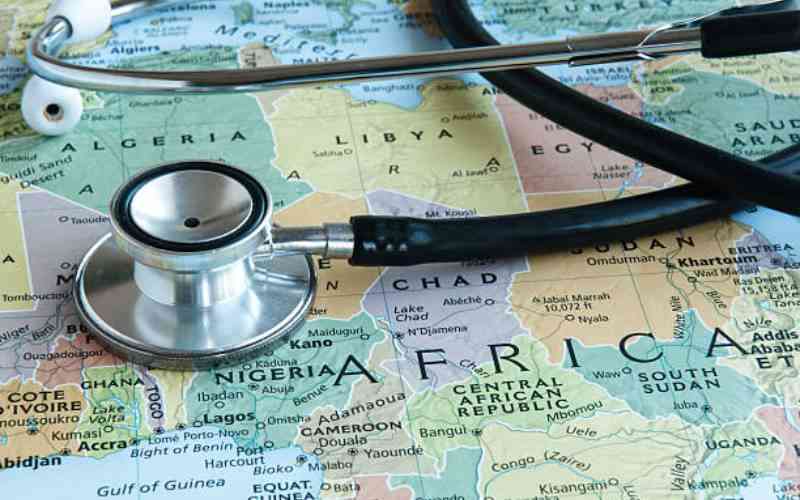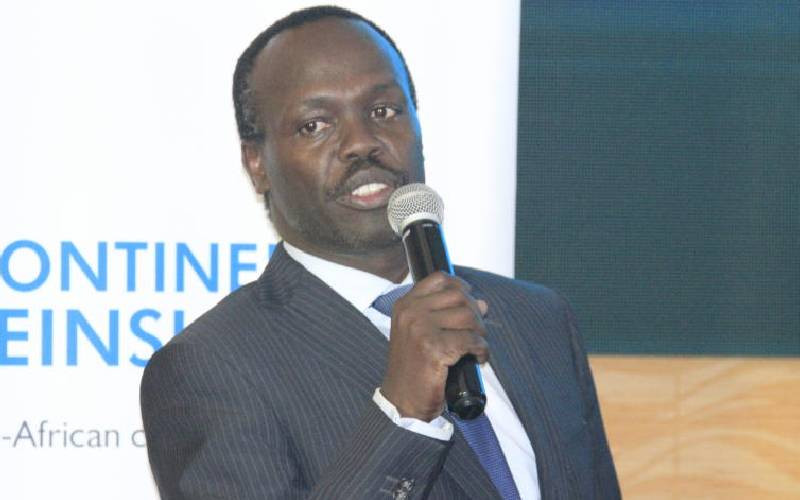
For a country to achieve sustainable economic growth and prosperity, it has to ensure its citizens and especially the most vulnerable, have access to affordable financial services. The process of ensuring wide-scale access to financial services is known as financial inclusion.
According to the World Bank financial inclusion means “individuals and businesses have access to useful and affordable financial products and services that meet their needs – transactions, payments, savings, credit and insurance – delivered in a responsible and sustainable way.”
Initially, financial inclusion applied to expansion of banking services to the unbanked population. But from the World Bank definition above, we can see the term now has an expanded scope to include insurance.
Insurance plays an important role in protecting individuals, households and businesses from unexpected events such as death, illness and loss of property.
Insurance is an effective tool for financial inclusion, especially in relation to micro-insurance. The latter refers to insurance products tailored for low-income households and small businesses.
Vulnerable segments
The emergence of mobile money as a disruptive force has also forced a rethink of financial inclusion from the perspective of the poor and vulnerable segments of the population – the so-called "bottom-of-the-pyramid".
Rapid growth of mobile money even among the low-income population has exposed the vast potential of this market from a financial services and micro-insurance standpoint.
With an estimated 88 per cent penetration rate, mobile money in Kenya can be a significant driver of micro-insurance penetration. The phenomenal success of mobile money products such as M-Pesa and M-Shwari points at the huge untapped market for financial products targeting low-income households and businesses.
There have been attempts in the past to leverage mobile money to introduce micro-insurance products into the Kenyan market, although these have not always succeeded.
Inability to properly factor risk and meet regulatory requirements have been cited in various studies as the main hurdles. As such, micro-insurance penetration in Kenya remains low despite a high level of mobile money adoption.
The low-income market is financially risky considering that the majority lack formal, regular income and thus do not perceive insurance as a priority. This makes it hard for insurers to project and earn consistent premium income into the future.
Financial illiteracy and prevailing social attitudes such as the popular fund-raisers to meet emergency financial needs like hospital bills also make insurance a difficult sell.
From a regulatory perspective, the main challenge lies in developing micro-insurance products that serve the low income population but also are fully supported by premiums. The viability of an insurance product depends on the ability of the insured to consistently pay premiums.
Stay informed. Subscribe to our newsletter
Less bureaucracy
Affordability of premiums, less bureaucracy, fast claim settlement, efficient delivery channels, and simple policy terms are just some of the essential features of a good micro-insurance product.
Surmounting financial and regulatory barriers to micro-insurance uptake requires innovative approaches. Riding on mobile money platforms and channels to increase access to micro-insurance products is one such approach. Another sound approach is in combining financial products like banking and insurance.
With bancassurance now a reality in Kenya, banks and insurance companies can partner to offer products that are affordable and accessible to everyone.
Besides reaching out to the unbanked, financial inclusion should also target the uninsured with accessible and affordable products.
A large portion of the working population is in the informal sector and, lacking consistent income, majority can hardly afford traditional life and general insurance products.
Man-made disasters
Micro-insurance can also help small businesses survive natural and man-made disasters. On health insurance, simple and affordable medical covers can help alleviate the financial burden of illness, especially on poor families.
With increased incidence of non-communicable diseases such as cancer, health insurance helps mitigate the heavy cost of treatment.
Instead of relying on harambees to foot hospital bills, micro-insurance products that are available to everyone are a better way of dealing with such situations.
There is, therefore, great potential to grow micro-insurance in Kenya in the digital era with the right mix of innovative solutions and delivery channels.
This is crucial to enhancing financial inclusion and improving the insurance penetration rate in the country, which currently stands at a paltry three per cent.
Micro-insurance improves the social and financial well-being of individuals and households, thus boosting the overall economic prosperity of the country.
Mr Shigoli is Managing Director, AAR Insurance Kenya
 The Standard Group Plc is a
multi-media organization with investments in media platforms spanning newspaper
print operations, television, radio broadcasting, digital and online services. The
Standard Group is recognized as a leading multi-media house in Kenya with a key
influence in matters of national and international interest.
The Standard Group Plc is a
multi-media organization with investments in media platforms spanning newspaper
print operations, television, radio broadcasting, digital and online services. The
Standard Group is recognized as a leading multi-media house in Kenya with a key
influence in matters of national and international interest.
 The Standard Group Plc is a
multi-media organization with investments in media platforms spanning newspaper
print operations, television, radio broadcasting, digital and online services. The
Standard Group is recognized as a leading multi-media house in Kenya with a key
influence in matters of national and international interest.
The Standard Group Plc is a
multi-media organization with investments in media platforms spanning newspaper
print operations, television, radio broadcasting, digital and online services. The
Standard Group is recognized as a leading multi-media house in Kenya with a key
influence in matters of national and international interest.









